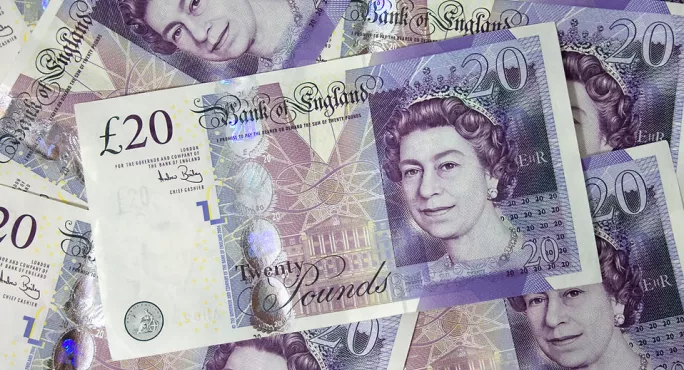The number of schools in deficit has hit its highest point in almost a decade, according to new statistics which reveal the growing budgetary pressures on England’s education system.
In 2017-18, 1,532 local authority-maintained schools in England were in deficit, equivalent to 10.2 percent of the total, while a further 182 had zero revenue.
That is up from 1,461 schools last year and the highest total in real terms since 2009-10. By percentage, and the total deficit of £233 million, it represents the highest comparable figure listed in the official statistics.
The picture was worst among secondaries, where a third of schools (313 out of 1037) are now in the red. Among them the average deficit ballooned from -£416,000 in 2016-17 to -£484,000.
In primaries, the 8 per cent of schools which were in deficit increased their average overspending by £6,000 over the same period to £50,000.
That comes despite a drop in schools’ net spending per pupil, which on average fell by £25 per head to £5,392 compared to the previous year.
In nursery schools, spending dropped by £624 per pupil, compared to an average of £16 in primaries, £84 in secondaries and £185 in special schools.
The decrease was largest in pupil referral units, however, where the average spend per student slumped by £1,499 to £32,386.
Overall, the gross local authority spending on schools, education and children’s and young people’s services also fell by £700 million last year to £39.6 billion.
Not adjusting for inflation, spending has decreased by 29 per cent since 2010-11, while the number of maintained schools fell by 30 per cent over the same period.
A YouGov survey last month found that 71 per cent of teachers are in schools with falling budgets, with 55 per cent saying class sizes in their schools had increased.
A recent study has also warned that academies, which are not included in today’s official statistics, may also be “on the verge of insolvency”.




